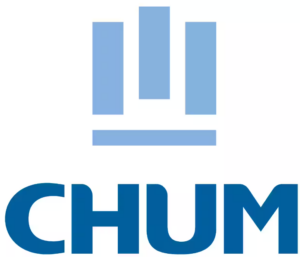Why implement an IMS?
Since the middle of the 18th century, with the industrial revolution, work rates and production volumes have increased considerably. In this context, it has been necessary to establish a framework for activities, which is why guides and standards, such as the international ISO standards, have been put in place to standardize practices.
What exactly is an IMS?
An Integrated Management System enables companies to standardize and optimize their daily activities. The Integrated Management System is a methodology enabling a company to organize its activities around predefined issues. It is a management-supported approach that engages all employees. It is management, in collaboration with the QHSE department for example, that will define the basis of the IMS according to its ambitions.
How is an IMS structured?
Generally integrated management systems are based on the 3 reference ISO standards: ISO 45001 for safety, ISO 14001 for the environment, and ISO 9001 for quality. This enables a company to obtain a triple certification, but it is not obligatory. A company may very well develop an Integrated Management System around ISO 9001 alone, in which case it is referred to as a Quality Management System.
A concrete example of the implementation of an IMS?
To illustrate what I mean, consider the example of a company wishing to develop its brand image around environmental and sustainable development themes. It could then set up an IMS based on ISO 14001 for environmental management, ISO 50001 for energy management, and why not SD 21000 for sustainable development.
In this example, all the company’s activities, from human resources policy to marketing activities, will systematically take into account environmental and sustainable development issues. Like all HSEQ processes, the implementation of an Integrated Management System requires organizational discipline, to take into account all the company’s stakeholders. Inevitably, this entails major administrative procedures for the company.
How can digital technology help?
A digital tool makes it possible to centralize information, set up individual and secure access for employees, and set up workflows to notify in real-time any person in charge of an activity.











